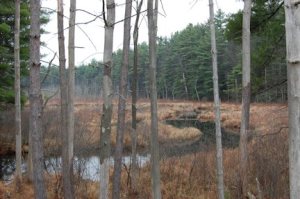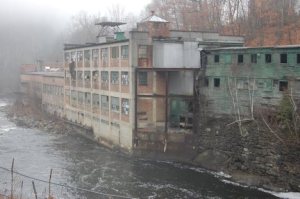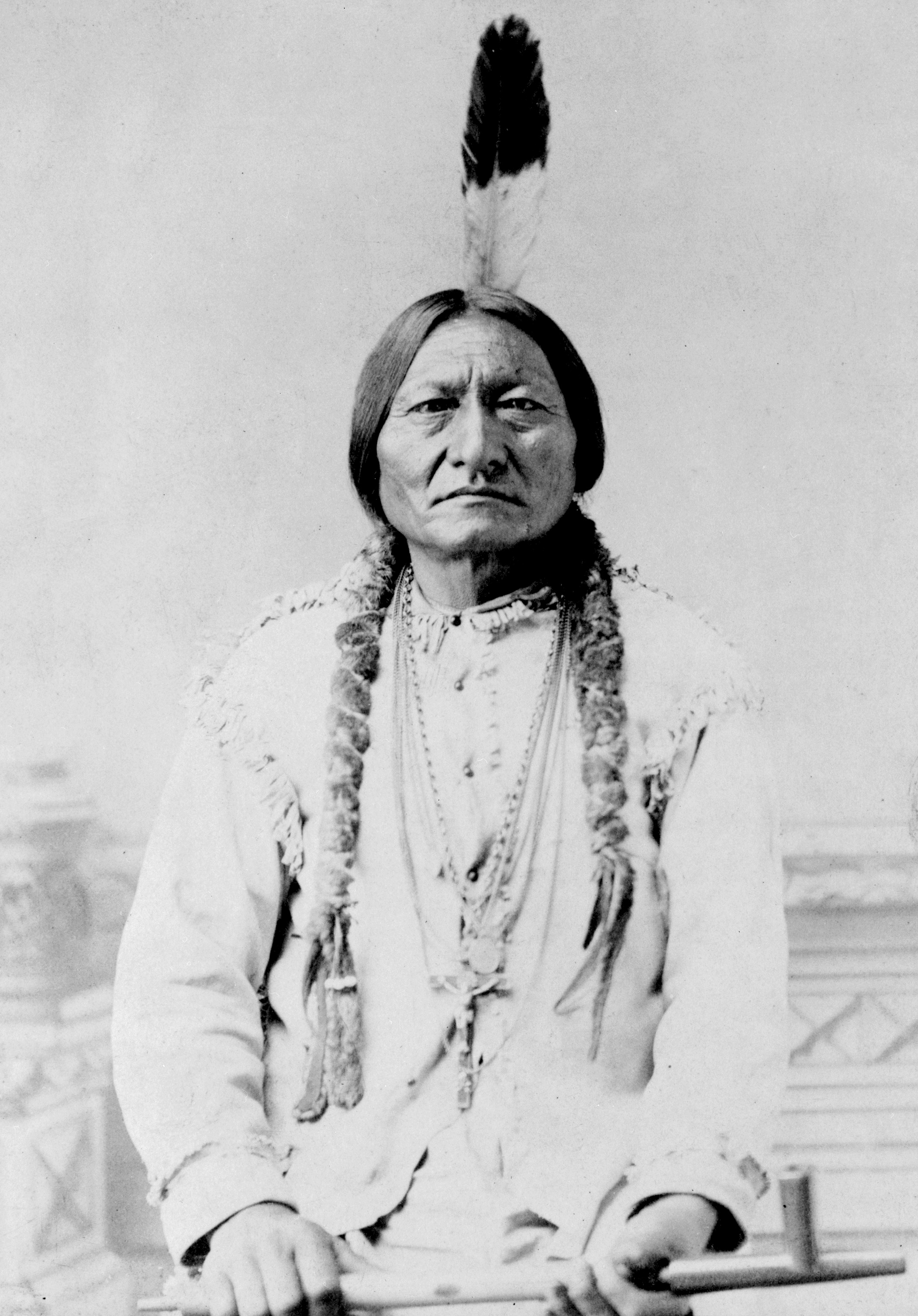Previous posts explained the primary role played by hunters in exploring, opening and ultimately settling the Western wilderness, an experience motivated by financial rewards from the trade in furs. But it would be a mistake to assume that this took place only as we pushed West. In fact, from the moment that white Europeans first set foot on the East Coast, moving inland was as much a taming of the wilderness as would later happen when we began moving across the territory that we owned by dint of the Louisiana Purchase in 1803.
According to the biologist and agriculturalist Toby Hemenway, within a decade after the first landing by the Mayflower in 1620, at least 100,000 beaver pelts were shipped back to Europe, and by 1640 as many as 800,000 beavers had been slaughtered over the previous ten years. The demand for animal fur, largely beaver but also including bear and wolf, continued to grow over the seventeenth and eighteenth centuries, to the point that more ships crossed the Atlantic carrying furs than were used to catch and carry fish.
Trappers and hunters who extended the fur trade beyond the Missouri after 1810 found that Europe’s demand for furs was now subordinate, in many cases, to home-grown demand from within the United States. Cities like New York, Philadelphia and Boston now had large populations whose tastes in clothing meant that furs were treated and re-sold within the domestic market rather than being sent overseas. When fashion began changing in the 1840s and fur garments gave way to leather goods, the Western hunters shifted away from slaughtering beavers and quickly made the buffalo almost extinct as well.
While hunters and trappers were still exploring and opening the Western wilderness, in the East the process of moving from farming to industry had begun. Factories began springing up all over New England by the 1840’s, with textile, firearms and clothing manufacturing combining natural resources like furs and hides from the West with abundant energy from the fast-moving streams in the East. The growth of a huge internal market based on cheap resources from the frontier combined with cheap energy from what had previously been the frontier launched a half-century of economic expansion that no other country has experienced before or since.
What lay behind this enormous economic growth was the handiwork of hunters whose ability to kill off beavers brought about a crucial change in the ecosystem that allowed all those New England factories to create the goods and satisfy both domestic and foreign demand. The deep gullies and fast-moving streams that created energy for factories was not a natural feature of the New England landscape; it was what happened to slow-moving and gentle ponds when, as Toby Hemenway says, they were fed by “beaverless watersheds.” Beavers create environments that hold maximum amounts of water and soil on the land. Remove the beavers and the water turns into a cascade.
Beaver activity creates a natural cycle of environmental replenishment. Ponds become marsh, then meadow then woodland, and then the beavers build another dam, and the cycle repeats again. We’ve tried to do the same thing in many places where the hunters killed off the beavers, because this let us us build factories. Except the factories then collapsed. A paper factory in Monroe, Massachusetts first gained a workforce when it opened in 1866 because farmers in the surrounding Monroe Plateau were happy to trade their plows for a steady wage. The town lived off the mill for more than one hundred years, but when it was shuttered in 1985, the town basically shut down as well.
Nobody has come up with a plan for these towns; fancy catchwords like rural reindustrialization can’t do for this environment what the beaver could do for its environment with a flat tail and some sharp teeth. I can tell you, however, that most of the remaining residents in Monroe and other small, country towns love to hunt. Who knows? Previous generations of hunters sparked an economic miracle, maybe it could happen again.
Based on my book, Hunters in the Wilderness. Volume II in the series, Guns in America, to be published in December.
Related articles
- Wild Ideas: Beavers: nature’s engineer (rappnews.com)
- The Wisdom of Beaver (abgreyowl.wordpress.com)



Recent Comments